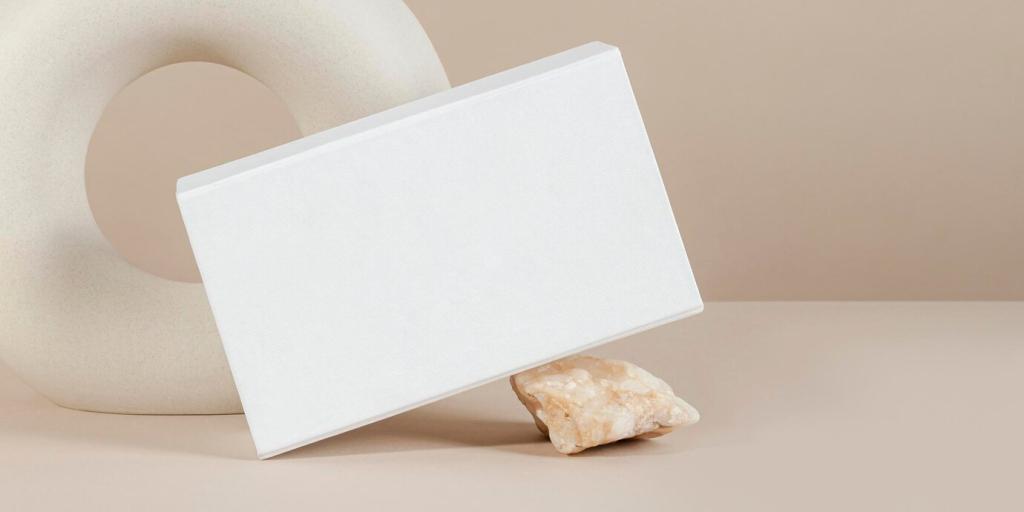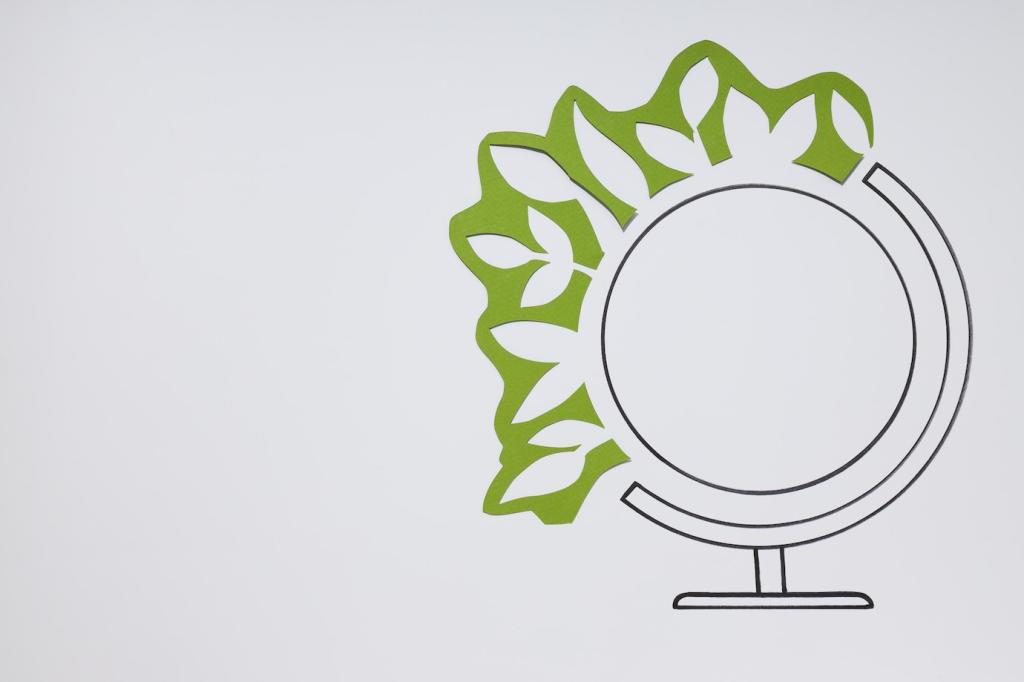Creating Calm: Minimalist Spaces with Eco-Friendly Furniture
Chosen theme: Creating Calm: Minimalist Spaces with Eco-Friendly Furniture. Welcome to a home page that pairs soothing minimalism with earth-friendly design, inviting you to breathe deeper, live lighter, and feel genuinely at home.
The Psychology of Calm Minimalism
Declutter with Purpose, Not Pressure
Begin by editing items that do not serve your daily rituals. Keep only what you use and love, rehome the rest through gifting, donation, or resale to extend each object’s life.
Cognitive Ease Through White Space
Open surfaces and uncluttered sightlines lower cognitive load, helping your brain filter distractions. Research on tidy environments links order with reduced stress, calmer decision-making, and better sleep routines.
Ethics That Feel Like Comfort
Furniture built from responsibly sourced wood and low-tox finishes offers moral ease. Knowing your table respects forests and health quietly reinforces calm each time you sit down to eat.



One Clear Wall, One Centerpiece
Choose a single calm focal point—a wood console, a reading chair, or artwork—then leave one wall open. The uninterrupted plane becomes visual oxygen, instantly slowing your pulse as you enter.
Zoning Without Clutter
Define zones with light and texture rather than objects. A wool rug, a floor lamp, and a plant create a living area without crowding surfaces or interrupting flow between daily activities.
Small Home, Big Breath
In our 350-square-foot case study, removing a bulky media cabinet opened eight feet of wall space. A compact, modular sofa replaced two chairs, improving pathways and conversations while keeping sightlines beautifully open.
Color, Light, and Texture: Quiet Layers
Soft whites, clay beiges, and muted greens anchor the eye. Layer raw linen, wool, and light oak for warmth, letting subtle variation in grain and weave add movement without visual noise.
Color, Light, and Texture: Quiet Layers
Use sheer curtains to diffuse daylight and dimmable LEDs for evening rituals. Aim for wall washing rather than glare, creating gradients that calm the room and gently guide nightly wind-down routines.
Color, Light, and Texture: Quiet Layers
Invite tactile calm with rounded edges, matte finishes, and hand-finished joinery. When your fingertips meet honest materials, your nervous system registers safety, strengthening the minimalist promise of restorative space.
Multifunctional, Modular, and Repairable
A bench becomes entry seating, coffee table, and guest luggage stand. Choose designs with replaceable parts and durable joinery, so each object serves across seasons without multiplying your footprint or clutter.
Multifunctional, Modular, and Repairable
Opt for sofas with add-on sections, shelving that reconfigures, and tables with extension leaves. As your needs shift, the same pieces adapt gracefully, preserving calm and conserving resources you’d otherwise spend.


Healthy Calm: Air, Acoustics, and Nature
Select low-VOC finishes, natural adhesives, and wool rugs that trap particulates without shedding microplastics. Ventilate while curing new pieces, then maintain airflow with quiet fans and regular filter changes year-round.
Healthy Calm: Air, Acoustics, and Nature
Add felt panels behind art, choose soft-close hardware, and place cork pads under legs. Reducing sharp echoes lowers stress, making minimalist rooms feel warm rather than empty, especially during quiet evening moments.


Choose one zone per day: entry, sofa, workspace, bed, dining, storage, and balcony. Swap one item for an eco-friendly upgrade or remove clutter, then note how your breathing and mood change.

